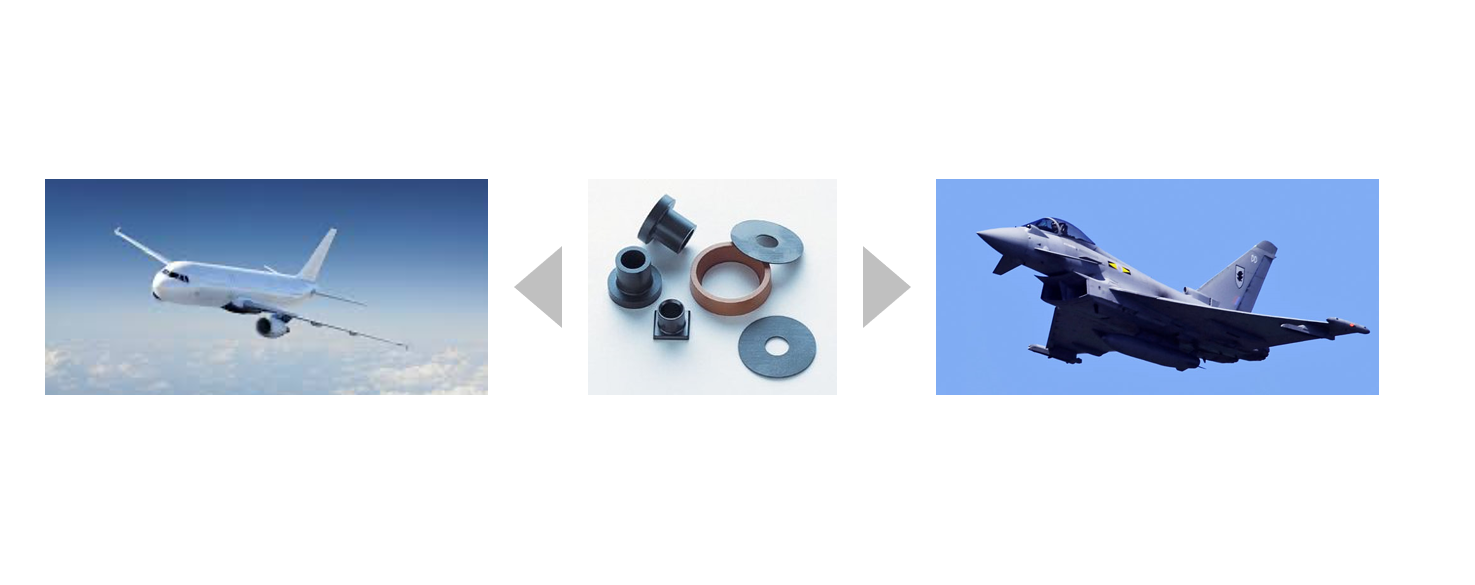Note: This article was updated on June 11, 2021. Beginning 9 September 2021, all companies exporting dual-use goods must comply with this Recast Regulation.
Dual-use goods are products and technologies that can be used for both private sector and military applications. Some of these innovations can pose a threat to security if used by bad actors. This growing concern led to a proposal from the European Commission to upgrade export controls to better protect the Union against evolving international security risks and threats from the abuse of sensitive dual-use goods and technologies.

In November of 2020, the European Parliament and Council agreed to the European Commission’s proposal for a comprehensive “system upgrade” to the existing EU Export Control Regulation. On 11 June 2021 the EU published Regulation (EU) 2021/821 of 20 May 2021 in the Official Journal, setting up a Union regime for the control of exports, brokering, technical assistance, transit, and transfer of dual-use items (recast). This so-called “Recast Regulation” marks the final step with respect to modernising the existing EU Dual Use Regulation No 428/2009.
The Recast Regulation will enter into force 9 September 2021, 90 days after its publication in the Official Journal .
Human Rights End-Use Controls on Cyber-Surveillance Exports
EU autonomous controls reflect Member States’ decisions to control non-listed cyber-surveillance items for human rights considerations. Controls will be introduced through a mandatory, prescriptive consultation procedure, resulting in an “EU Watch List” of items and destinations subject to control. This will also involve coordination of national controls on emerging technologies and their publication in the Official Journal.
In the future, EU exports of interception and surveillance technologies will be subject to licensing. Authoritarian regimes will no longer be able to use surveillance technology from the EU for the suppression of opposition groups and/or violations of human rights. In addition, changes in the EU dual-use regulation aim to make so-called "emerging technologies" more controllable.
Updates and clarifications to key terms, control parameters, and assessment criteria
Proper understanding promotes proper enforcement. Therefore, the new Regulation includes updates to definitions of key terms, e.g., defining an exporter as a natural person involved in dual-use technology transfers; and introduces new terms and their definitions, e.g., supplier of technical assistance, cyber-surveillance items, essentially identical transaction. Control parameters, such as the determination of the competent authority and compliance requirements for companies, have also been clarified, along with assessment criteria for abuse of technology.
Brokering, Technical Assistance, and Transit Controls
The scope of controls on broker services and technical assistance provided by foreign nationals on EU soil as well as EU nationals from a third country and technology transfers toward third-country nationals have all been clarified. Transit controls with respect to natural persons and entities outside the EU have also been clarified. These controls apply to “watch list” items and weapons of mass destruction in embargoed countries.
Direct Cooperation, Exchange of Information, and Transparency Between Member States and the European Commission
A chain is only as strong as its weakest link. Therefore, the new Regulation calls for cooperation and information exchange between Member States and the European Commission to establish harmonised, EU-wide guidelines and more uniform EU policy in the areas of:
|
· Licensing |
· Internal compliance programmes |
|
· Export data |
· Compliance with data protection standards |
|
· EU General Export Authorisation (EUGEA) users |
· Security or confidentiality requirements |
|
· Application of assessment criteria |
|
To align, an Enforcement Coordination Mechanism will be created and will be supported by an EU training programme. New forms of licensing and enhanced communication between licensing bodies and customs authorities are action items. The Dual-Use Coordination Group has also been tasked with developing dedicated IT tools and connecting Member State and Commission systems. An annual report with detailed licensing data will support high transparency requirements.
Partnership with the Private Sector
As Executive Vice-President and Commissioner for Trade Valdis Dombrovskis said, “We will also interact closely with industry, which is the first line of defence to guard against proliferators and other malevolent actors.” To this end, guidelines will be developed, joint Technical Expert groups will be formed, and key requirements for due diligence and internal compliance programmes will be defined in partnership with the private sector.
Cooperation with Third Countries and Global Convergence of Controls
In order to promote a level playing field, the new Regulation calls for cooperation and dialogue with third countries to establish a global convergence on export controls, accompanied by outreach programmes and multilateral export control regimes.